Mozart’s Eine kleine Nachtmusik, or A Little Night Music, is a piece that transcends its era and continues to resonate deeply with audiences today. Composed in 1787, this celebrated serenade captures the enchanting spirit of classical music while also reflecting the cultural shifts of its time. It serves as a bridge between the past and the present, merging intricate musicality with relatable human emotions. This article delves into the multifaceted nature of Eine kleine Nachtmusik, exploring its structure, historical context, cultural implications, modern interpretations, and its lasting impact on popular culture.
The Structure and Character of Eine kleine Nachtmusik
The beauty of Eine kleine Nachtmusik lies not only in its memorable melody but also in its meticulous structural design. The composition consists of four distinct movements, each contributing to the overarching narrative and emotional arc of the work.
Analyzing the Movements
The first movement, Allegro, is undeniably the most recognized section of the piece. Its lively rhythm and harmonious melodies create an atmosphere that feels both celebratory and reflective. The vibrant energy captured in this opening movement can evoke feelings of joy, mirroring the delightful experiences we often associate with nighttime festivities.
In contrast, the second movement, Romanze, offers a contemplative respite. The gentle, flowing melodies allow listeners to pause and reflect on deeper emotional themes. Here, Mozart channels sentiments of longing and tenderness, drawing us into an intimate dialogue with our inner selves.
The third movement, Menuetto, returns to a spirited pace, reintroducing elements of festivity while juxtaposing elegance and playfulness. This dance-like quality reflects societal norms of social gatherings during Mozart’s time, where elegance and exuberance coexisted harmoniously.
Lastly, the fourth movement, Rondo, concludes the piece with a buoyant flourish. The recurring theme encapsulates the overall essence of Eine kleine Nachtmusik, leaving listeners feeling uplifted and fulfilled. Each movement, distinct yet interconnected, illustrates Mozart’s genius in creating a cohesive musical experience that resonates with universal emotions.
The Emotional Landscape
For listeners, Eine kleine Nachtmusik offers a rich tapestry of emotions that mirror the complexity of human experiences. The interplay between lively and serene moments within the composition allows for a spectrum of feelings to emerge, from elation to introspection.
The vivid portrayal of contrasting emotions found in the work invites personal interpretation, encouraging individuals to reflect on their own nocturnal experiences. Often, nights evoke memories of love, nostalgia, and sometimes melancholy. In this way, Eine kleine Nachtmusik becomes more than just a musical composition; it transforms into a vessel for exploring the depths of human emotion.
Cultural Resonance
The historical backdrop of Mozart’s life further enriches the understanding of Eine kleine Nachtmusik. Created during the Enlightenment period, this era emphasized individuality and the exploration of self-expression. Within this context, the piece stands as a testament to the shifting societal values that prioritize personal experiences and emotions.
Mozart’s ability to capture the essence of the human experience within his compositions suggests a forward-thinking approach that resonates with contemporary audiences. Eine kleine Nachtmusik transcends time, allowing listeners from various generations to connect with its themes of love, loss, and celebration.
Historical Context: A Glimpse into Mozart’s Era

To fully appreciate Eine kleine Nachtmusik, one must consider its historical context—the late 18th century, a time of significant transformation in Europe.
The Enlightenment Influence
The Enlightenment was characterized by intellectual growth and philosophical advancements that encouraged individuals to question societal norms. In Vienna, where Mozart lived and created his works, this was a period marked by the flourishing of arts and culture. Music became a powerful medium for expressing new ideas about individualism and human emotion.
Mozart’s compositions, particularly Eine kleine Nachtmusik, encapsulate these ideals by emphasizing personal expression and the value of individual experiences. As audiences sat under the stars, listening to the serenade, they could reflect on their own journeys, imbued with the richness of emotion that defined the Enlightenment era.
Social Dynamics in Vienna
Viennese society at the time was vibrant and diverse. Social gatherings often featured music as a backdrop, and Mozart’s works were frequently performed in salons and public venues alike. The interactions among different social classes during these events played a crucial role in shaping the cultural landscape of the city.
Eine kleine Nachtmusik embodies the essence of these gatherings. Its engaging melodies and inviting rhythms encourage listeners to immerse themselves in the collective experience, while simultaneously fostering a sense of personal connection. This duality underscores the importance of community and individualism during Mozart’s lifetime.
Love and Relationships
At the core of the Enlightenment’s philosophical inquiries was the exploration of love and relationships. Personal connections were increasingly recognized as complex, multi-faceted experiences deserving of attention and reflection. Eine kleine Nachtmusik, with its romantic undertones and playful spirit, captures these intricacies beautifully.
As individuals strolled through the streets of Vienna, perhaps hand in hand, the music of Eine kleine Nachtmusik would have underscored their shared moments. The serenade acts as a reminder that love, like music, is a universal language that transcends barriers and connects people across time and space.
The Impact of Eine kleine Nachtmusik on Popular Culture
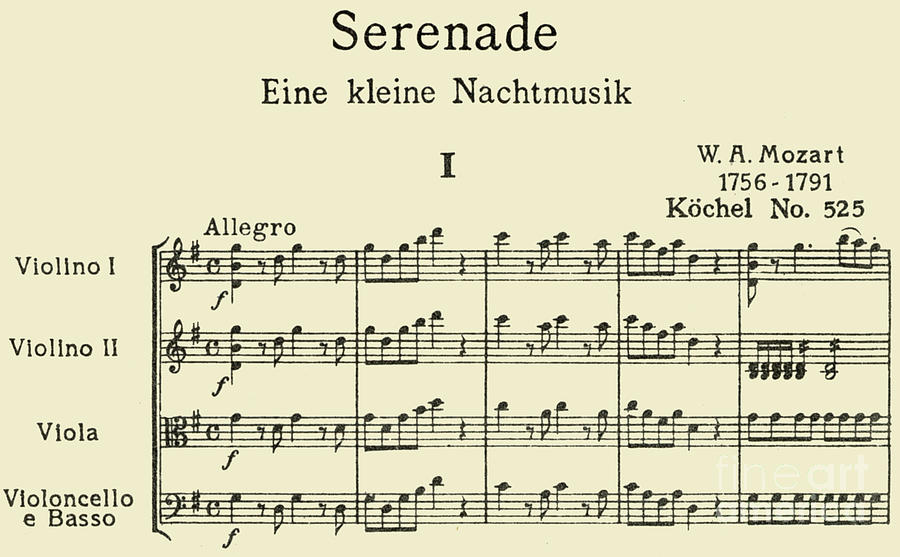
Over centuries, Eine kleine Nachtmusik has transcended the realm of classical music, becoming a prominent fixture in popular culture.
Cinematic Appearances
One of the most significant arenas where Eine kleine Nachtmusik has left its mark is in film. Its melodies are often employed to evoke emotions such as joy, charm, or nostalgia. Filmmakers recognize the power of Mozart’s music to elevate storytelling, adding depth and atmosphere to their scenes.
For instance, the sprightly Allegro movement might underscore a moment of celebration or lightheartedness, while its graceful and refined qualities lend themselves well to creating a sense of sophistication. In this way, the piece enhances the cinematic experience, highlighting the interconnectedness of music and storytelling.
Musical Adaptations
Beyond film, Eine kleine Nachtmusik has inspired countless adaptations across genres. Musicals, pop songs, and even contemporary orchestral arrangements draw on Mozart’s beloved themes to create new interpretations that resonate with modern audiences.
For example, the piece has been incorporated into André Rieu’s orchestral performances, where its lively and elegant melodies are reimagined for modern concertgoers. These adaptations highlight the timeless appeal of Mozart’s music and its ability to connect with audiences across generations.
A Lasting Legacy
The legacy of Eine kleine Nachtmusik extends beyond the concert hall and the silver screen. Its melodies have woven their way into everyday life, appearing in commercials, television shows, and even as ringtones. This ubiquity speaks to the timeless appeal of Mozart’s work, demonstrating its capacity to connect with people across varying contexts.
Moreover, the adaptability of Eine kleine Nachtmusik emphasizes its role as a cultural touchstone. It shows how classic compositions can evolve and remain pertinent in a rapidly changing world, bridging gaps between generations and fostering a shared appreciation for art.
Modern Interpretations of Eine kleine Nachtmusik
In recent years, Eine kleine Nachtmusik has experienced a renaissance as artists explore innovative approaches to the timeless composition.
Orchestral Reinterpretations

Modern orchestras frequently revisit Eine kleine Nachtmusik, providing fresh interpretations that highlight the nuances of Mozart’s original score. These performances often infuse contemporary elements, such as varying instrumentation and unconventional arrangements, breathing new life into the classic piece.
Orchestral conductors experiment with tempo, dynamics, and phrasing, allowing for unique interpretations that challenge traditional notions of classical performance. Audiences are invited to experience the piece anew, discovering layers of depth and meaning previously overlooked.
Cross-Genre Collaborations
Collaborations between classical musicians and artists from other genres have also become a hallmark of modern interpretations. By blending elements from jazz, rock, and electronic music, performers create hybrid versions of Eine kleine Nachtmusik that resonate with diverse audiences.
These cross-genre efforts foster a greater appreciation for classical music among younger generations, dismantling preconceived notions about its accessibility. As Mozart’s melodies intertwine with contemporary sounds, they take on new forms, proving that artistry knows no bounds.
Engaging New Generations
Current artists aim to engage younger audiences with Eine kleine Nachtmusik through interactive performances and educational initiatives. By incorporating multimedia elements such as visual projections and storytelling, they bring the composition to life in exciting ways.
Educational programs, workshops, and community events encourage active participation, making classical music approachable and relevant. This engagement fosters a sense of connection to Mozart’s work, encouraging appreciation for the artistry behind Eine kleine Nachtmusik.
Conclusion

In summary, Eine kleine Nachtmusik stands as a testament to the enduring power of music to evoke emotions, foster connections, and transcend time. From its intricate structure and emotional depth to its rich historical context and modern reinterpretations, Mozart’s masterpiece continues to inspire and captivate audiences around the globe.
As we navigate our own experiences—filled with moments of joy, love, and contemplation—Eine kleine Nachtmusik serves as a reminder of the beautiful interplay between music and life. It invites us to explore the connections between our past and present, celebrating the timeless nature of artistic expression that resonates across generations. Whether heard in a concert hall, a film, or a casual gathering, the melodies of Eine kleine Nachtmusik remind us of the universal truths that bind us together, echoing through the ages with grace and elegance.
✉️ Stay Connected — Subscribe for Weekly Updates
Discover timeless stories, practical wisdom, and beautiful culture — delivered straight to your inbox.
*We only share valuable insights — no spam, ever.

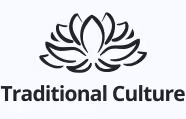


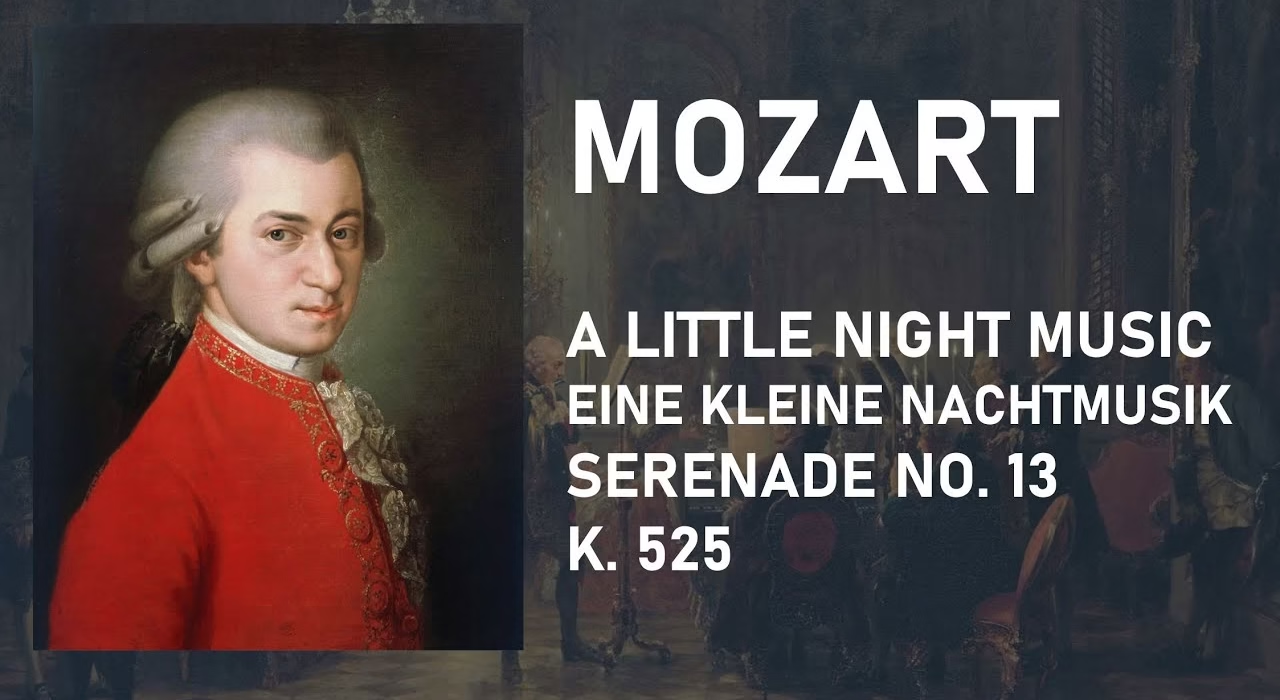
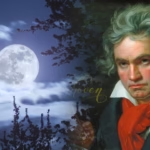
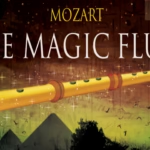
tlover tonet
Tháng 9 10, 2024Some truly wonderful content on this internet site, thankyou for contribution.
John Son
Tháng 9 10, 2024thank you so much
drover sointeru
Tháng 9 10, 2024Greetings from Idaho! I’m bored to death at work so I decided to browse your website on my iphone during lunch break. I really like the information you provide here and can’t wait to take a look when I get home. I’m shocked at how fast your blog loaded on my mobile .. I’m not even using WIFI, just 3G .. Anyhow, good blog!
VERSACE WOMAN
Tháng 9 10, 2024Hi , I do believe this is an excellent blog. I stumbled upon it on Yahoo , i will come back once again. Money and freedom is the best way to change, may you be rich and help other people.
vorbelutr ioperbir
Tháng 9 10, 2024Hey There. I discovered your weblog using msn. This is a very smartly written article. I will make sure to bookmark it and come back to learn more of your helpful information. Thanks for the post. I will certainly comeback.
droversointeru
Tháng 9 10, 2024Lovely just what I was looking for.Thanks to the author for taking his time on this one.
demo slot
Tháng 9 10, 2024I used to be suggested this web site through my cousin. I am now not certain whether this submit is written by means of him as nobody else understand such specified about my trouble. You’re amazing! Thank you!